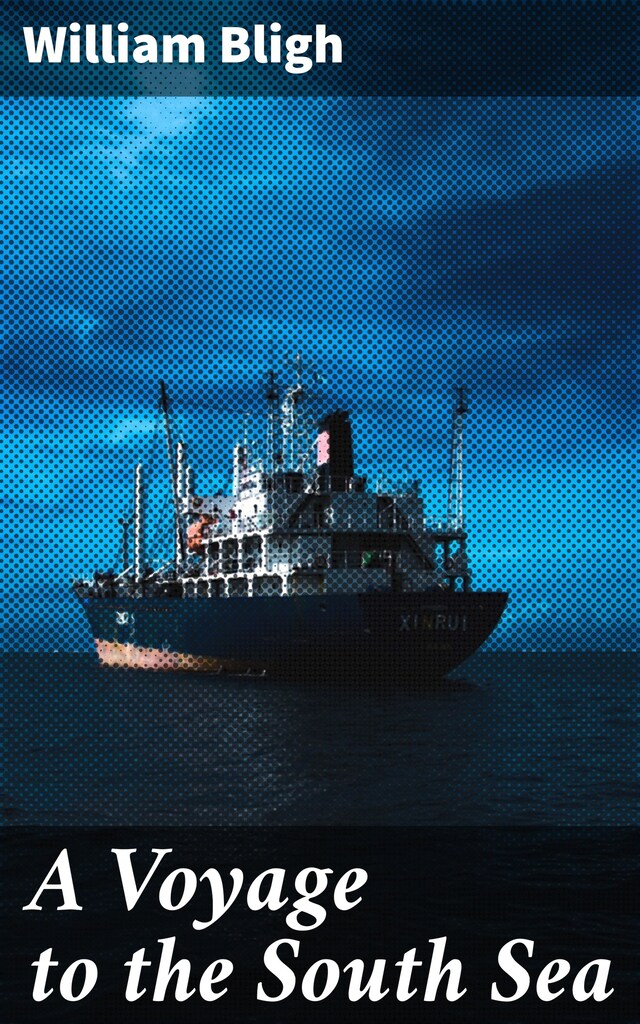A Voyage to the South Sea
Navigating the Pacific: A Tale of Exploration and Encounter
Om bogen
In "A Voyage to the South Sea," William Bligh chronicles his harrowing journey aboard the HMS Bounty, illuminating the rigors of maritime exploration in the late 18th century. This first-hand account is characterized by Bligh's meticulous attention to detail and striking narrative clarity, weaving together elements of adventure, survival, and the natural world. The literary style reflects the empirical ethos of the Age of Enlightenment, as Bligh combines personal narrative with rich descriptions of the Pacific Islands, providing an insight into both the vastness of the sea and the intricacies of human character under duress. William Bligh, a naval officer and explorer, is perhaps best known for the infamous mutiny that occurred during this voyage. His background as a skilled navigator, complemented by his experiences under the tutelage of Captain James Cook, informed his leadership style and his detailed documentation of the journey. This context is crucial, as it not only frames the account but also underscores the tensions between authority and subjectivity'Äîissues that resonate throughout maritime history. Readers seeking an engaging glimpse into the complexities of seafaring life and the human condition will find "A Voyage to the South Sea" both compelling and enlightening. Bligh'Äôs narrative serves not only as an adventure tale but also as a poignant reflection on leadership, resilience, and the often tumultuous relationship between man and nature.
 William Bligh
William Bligh 269 Sider
269 Sider